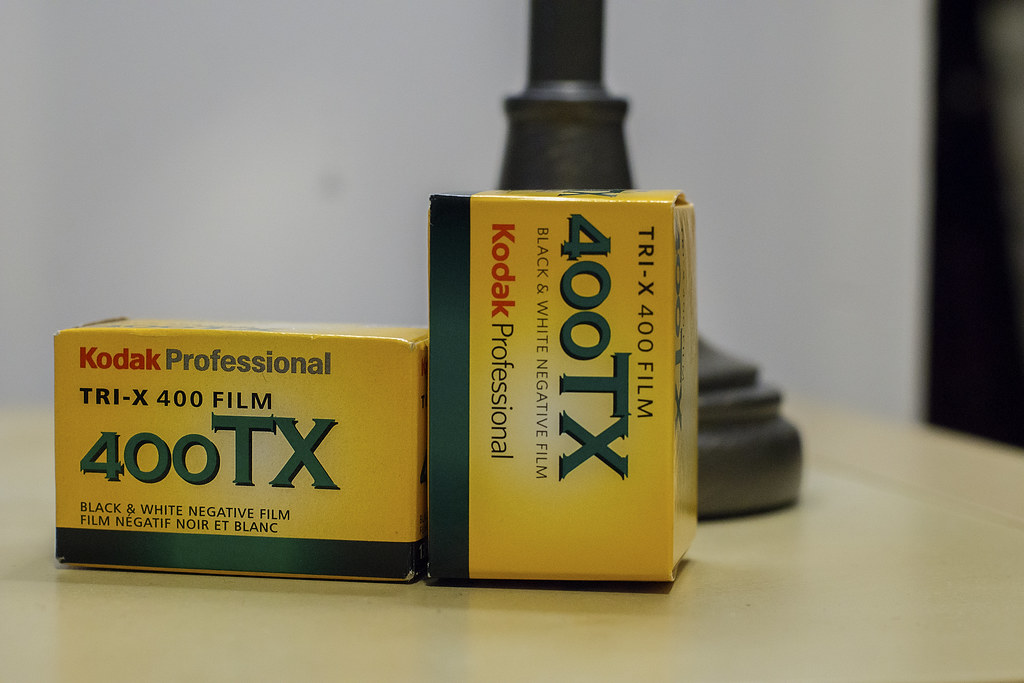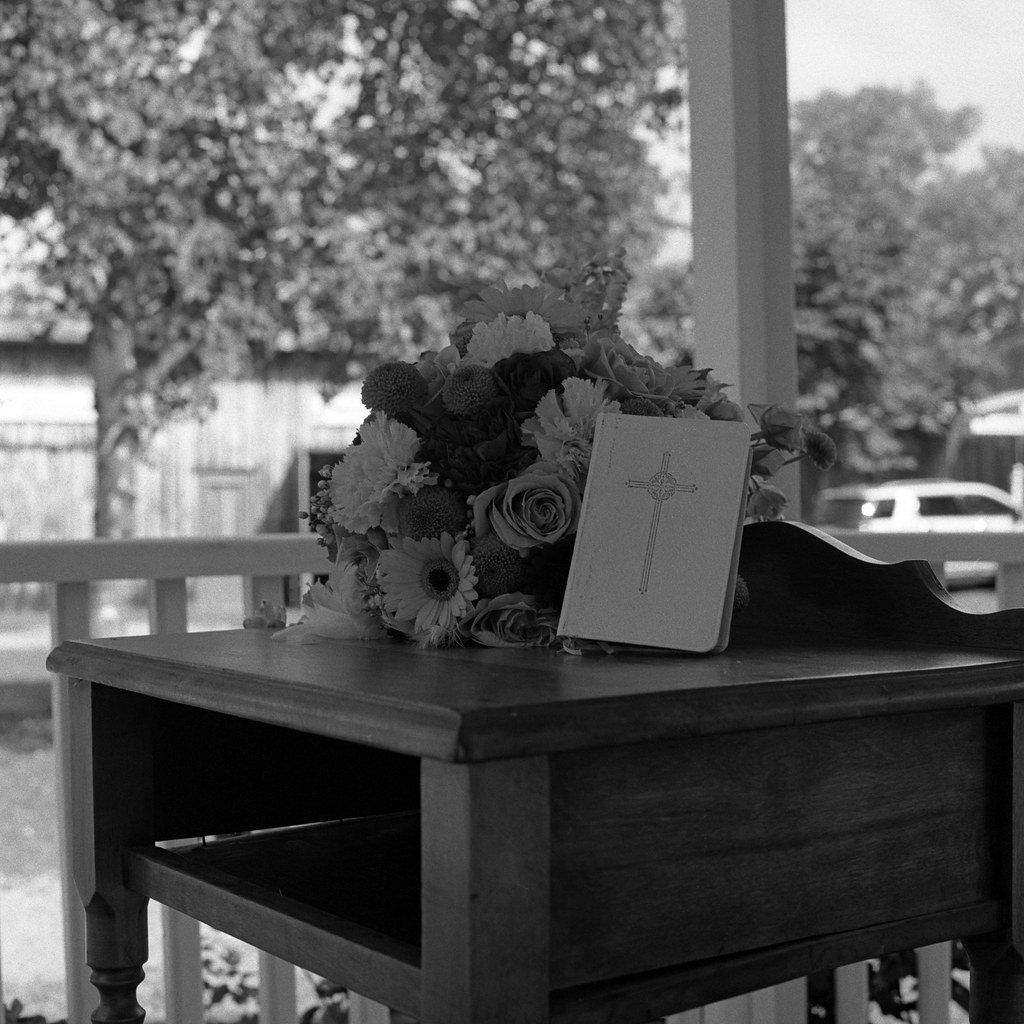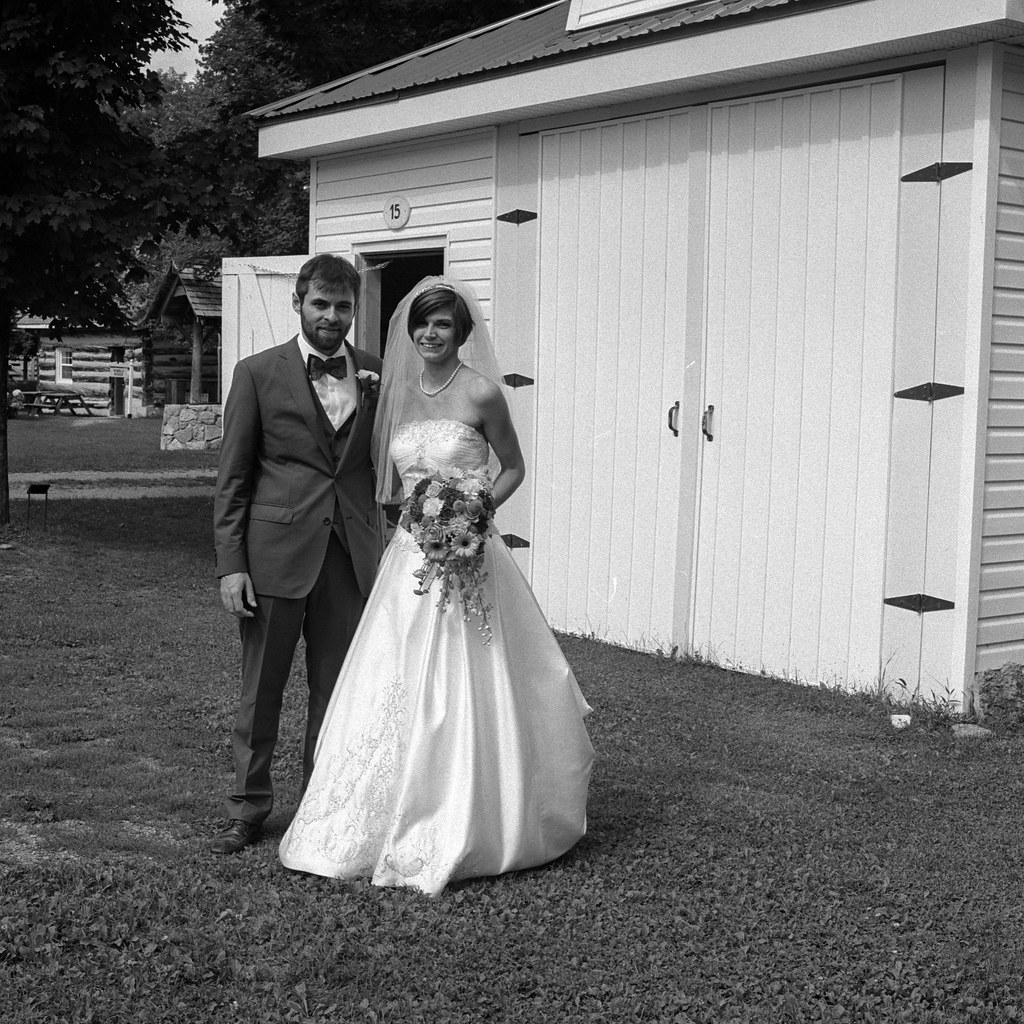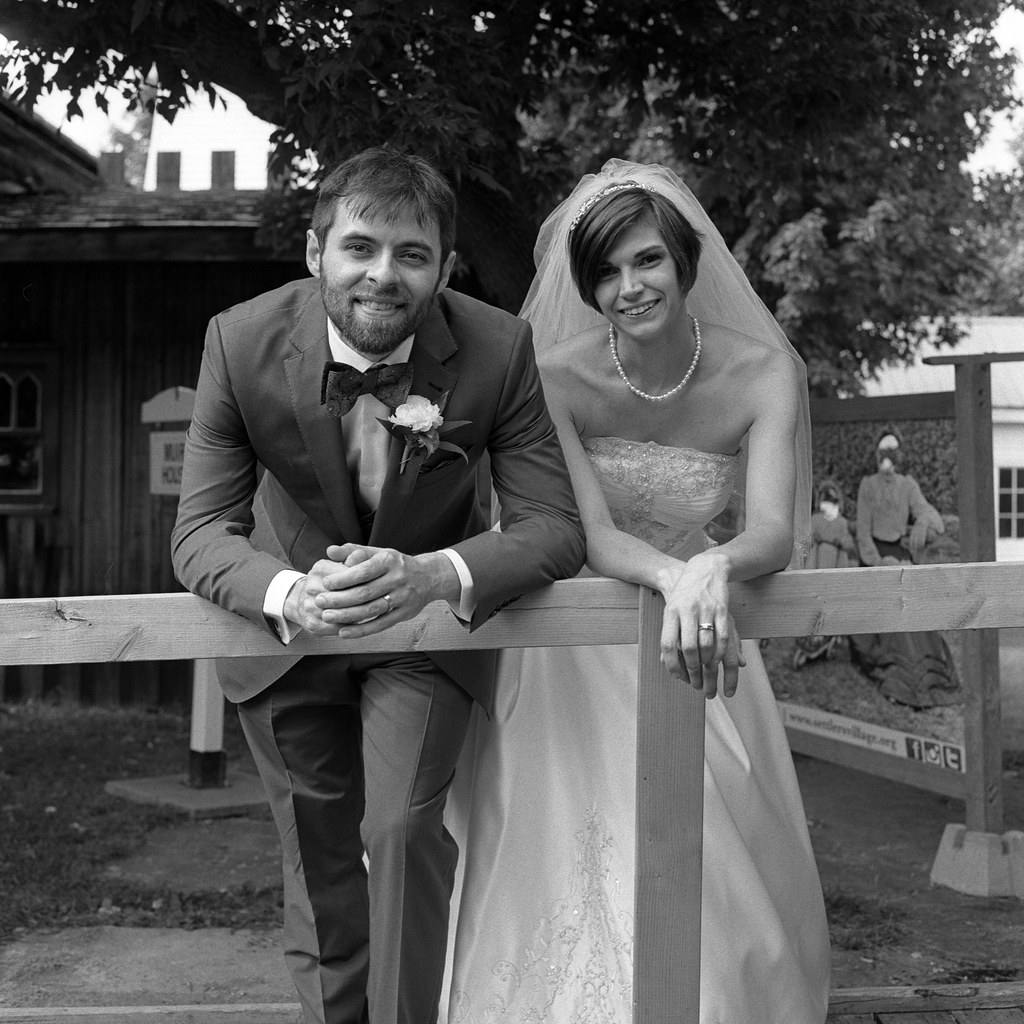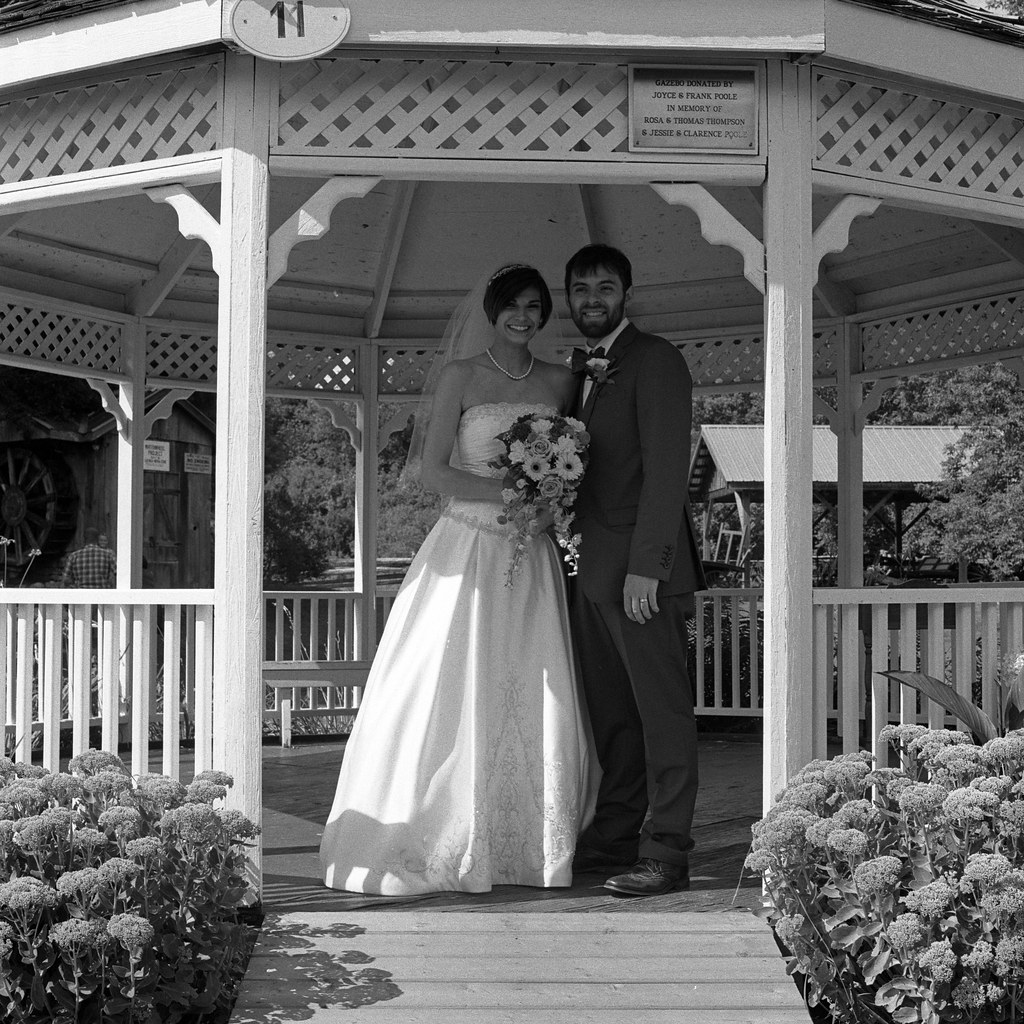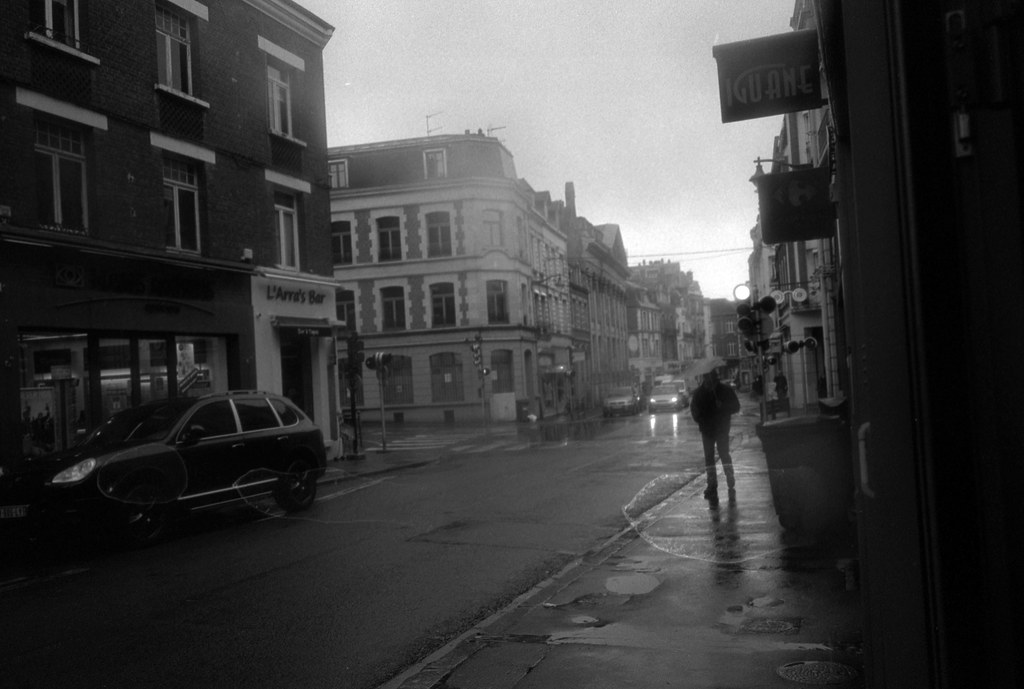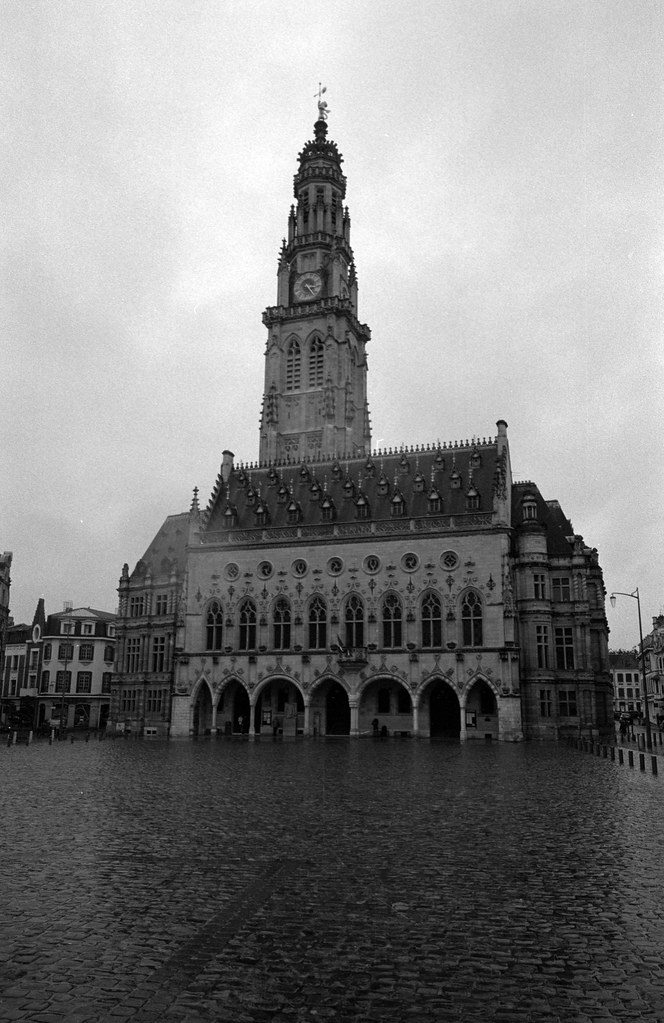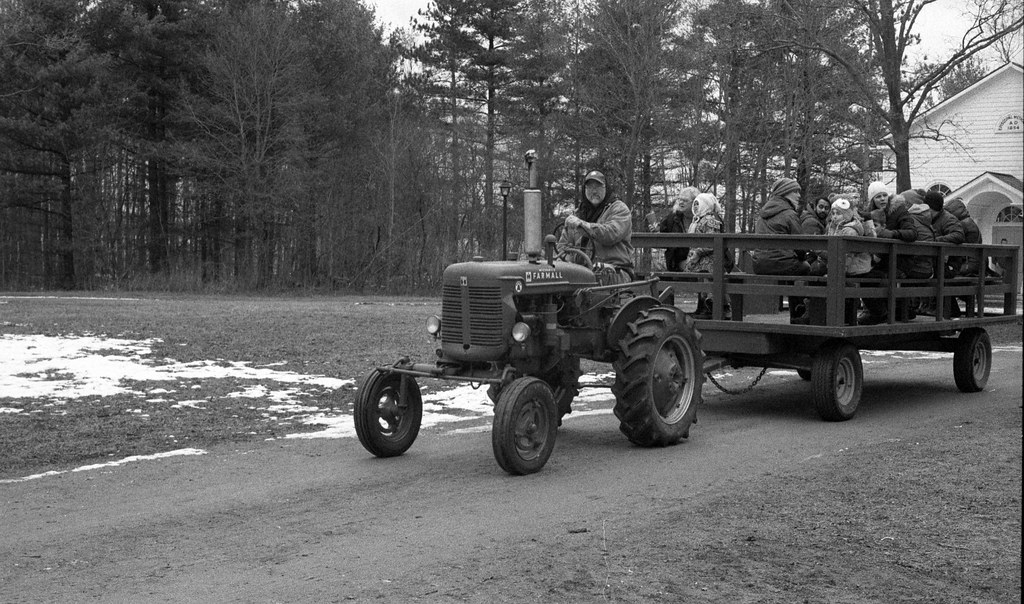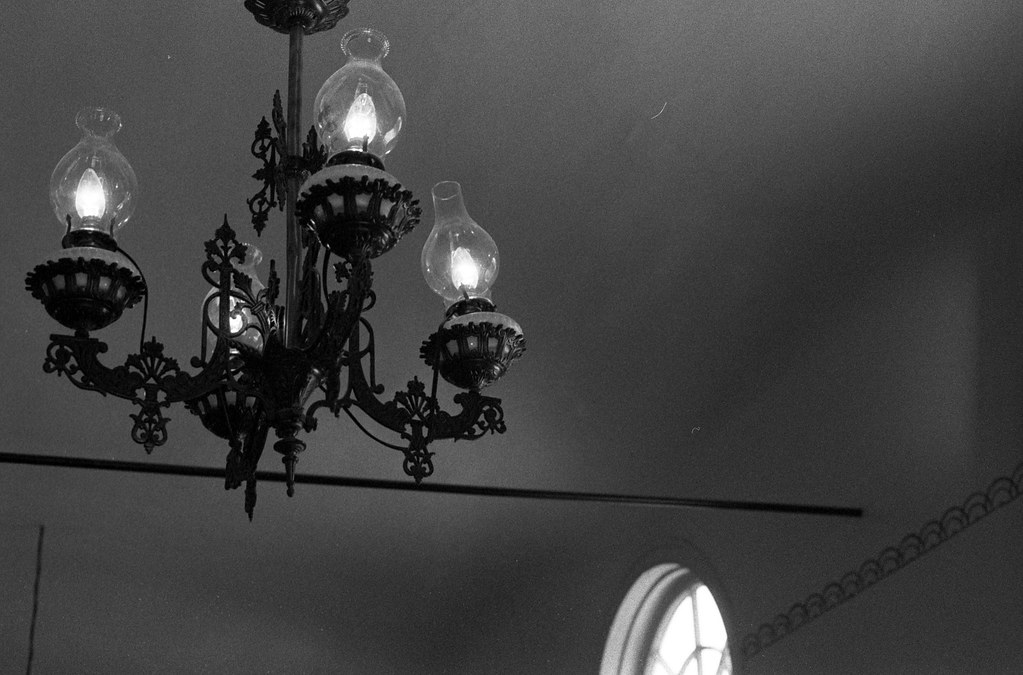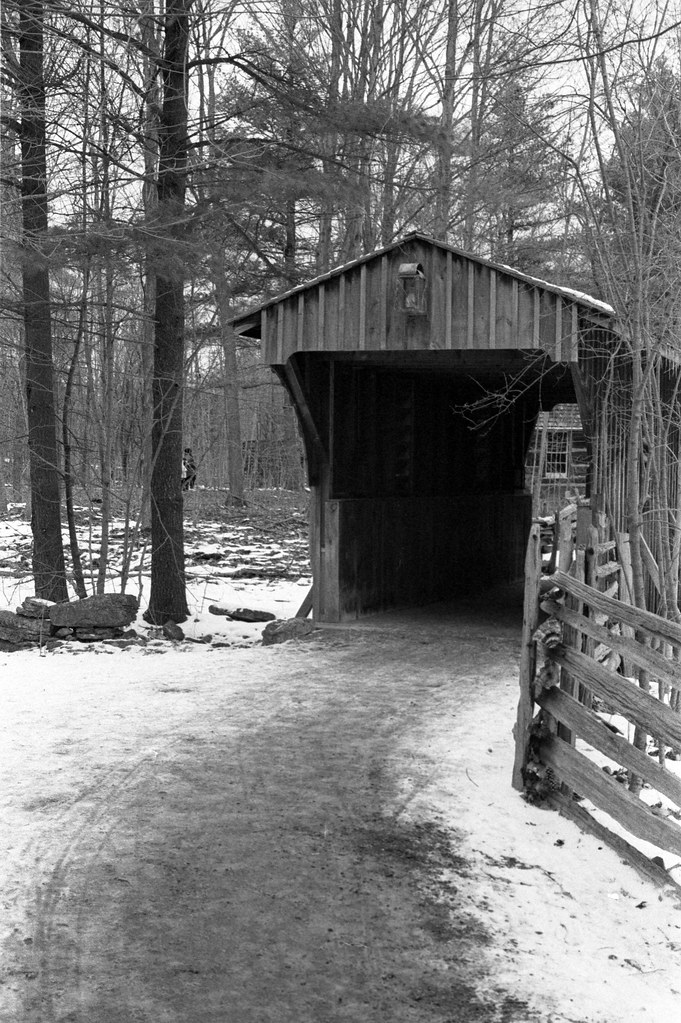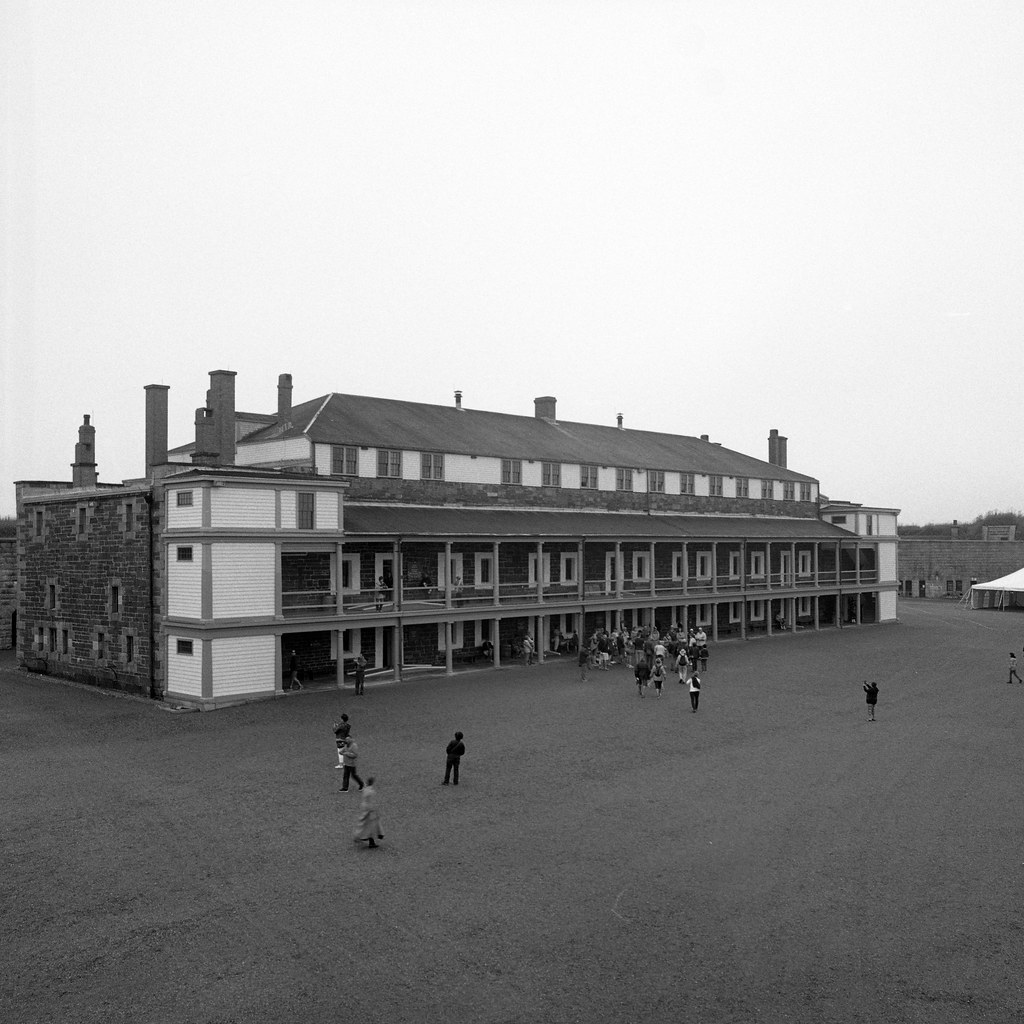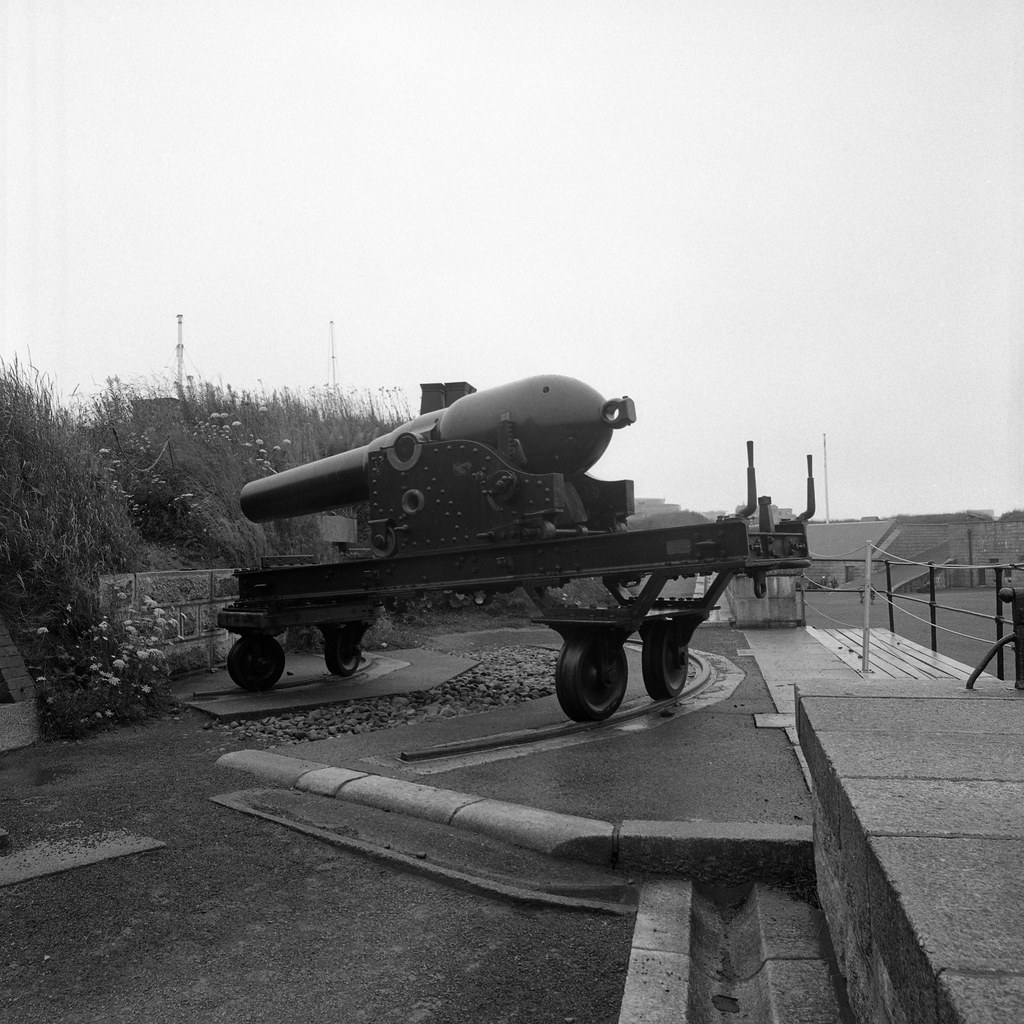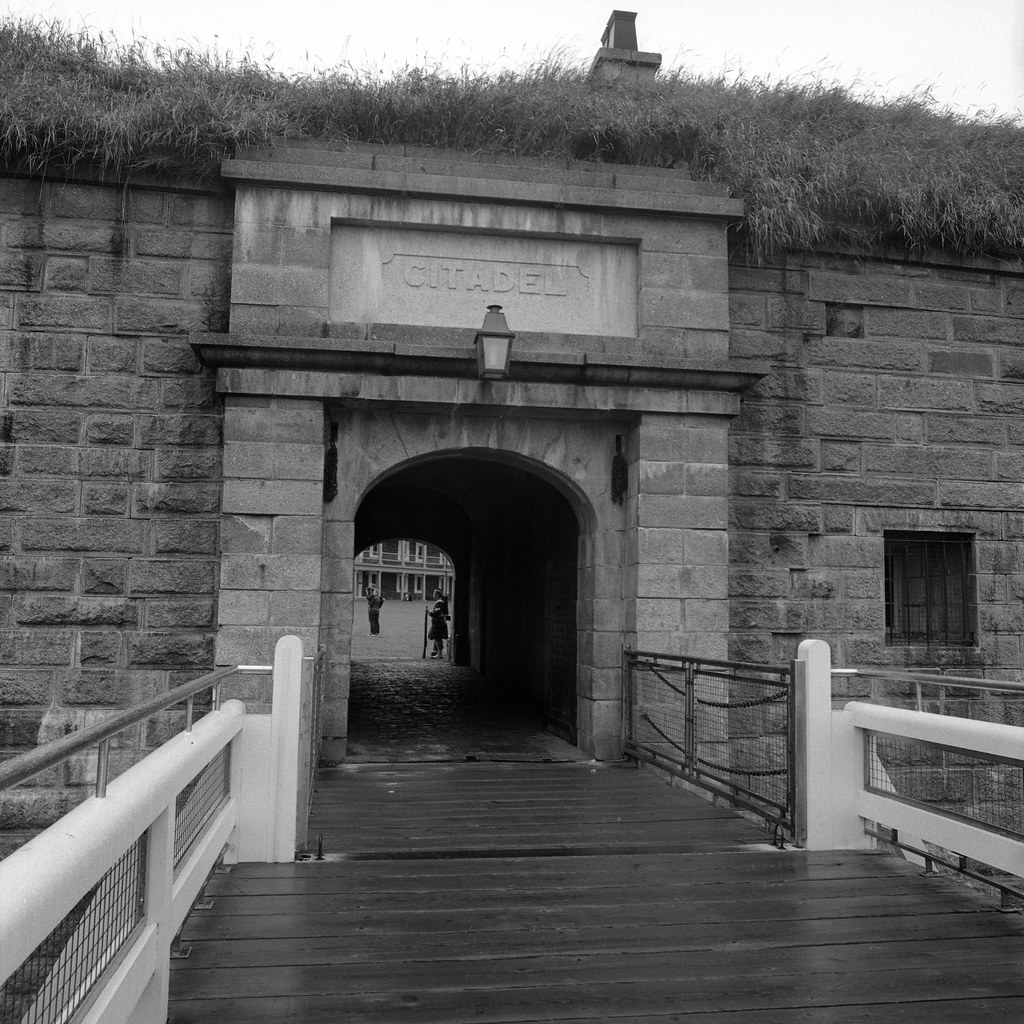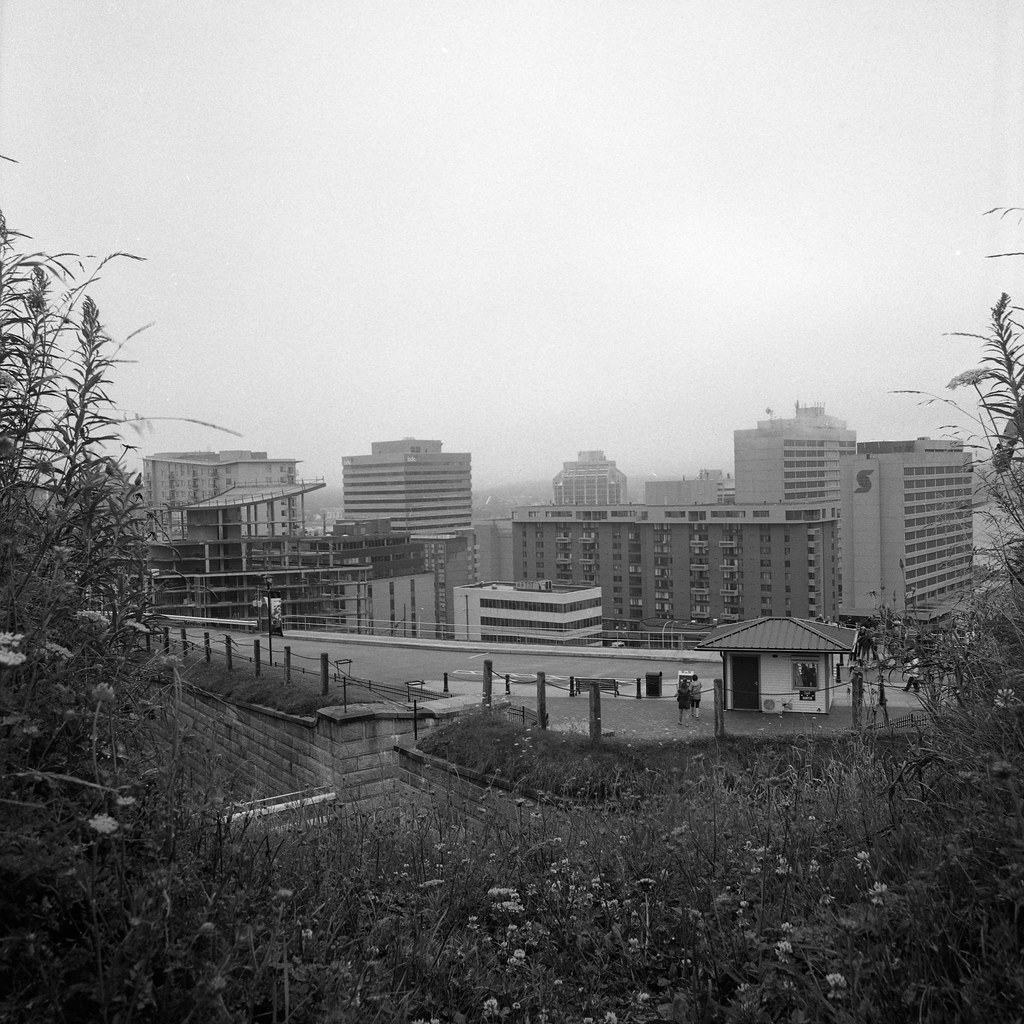Kodak Tri-X, the mention of the film stock is usually met with awe or aversion. But for me, Tri-X is my film of choice no matter what situation I’m going into. I know that with the film I can get consistent results no matter what situation I throw myself into from abandoned buildings to a wedding, and will get amazing results no matter what chemical I toss the film into. With a classic look and feel, you can torture this film to your heart’s content and will always get the results you need.
Film Specs
Type: Panchromatic B&W
Film Base: Acetate
Film Speed: ASA-400, Latitude: 100-6400
Formats Available: 35mm, 120, Sheets (Note: Sheet films of Tri-X are known as 320TXP)
Roll 01 – Rodinal
Like my aversion to using Rodinal with Bergger Pancro 400, I thought the exact same thing with Tri-X, putting a sharp developer on a fast film will result in a grain fest. Yet, I wanted to give it a go anyways and the results astounded me. The grain, while more present than normal, is reasonable, it is a little more noticeable in 35mm, it also shows off exactly what Tri-X can do. With sharpness, tonality, and contrast that show you exactly how the world is supposed to look in black & white. If you want something a little smoother, bump the dilution to 1+50 for even better results. Just remember to use a chemical stop bath, I forgot one time and overdeveloped the sheets.
Technical Details:
Hasselblad 500c – Carl Zeiss Planar 80mm 1:2.8 – Kodak Tri-X 400 @ ASA-200
Blazinal (1+25) 7:00 @ 20C
Roll 02 – Kodak HC-110
The first roll of Tri-X I developed on my own was with HC-110, back in 2012. Now you’re probably screaming that I developed for less than five minutes, which is a big no-no apparently. And even now that I use longer developing times (), the results are the same! But it works for me. It seems that, at least to me, HC-110 and Tri-X are made for each other. The tones are there, the sharpness is there, and the contrast is through the roof. And it also shows off how well Tri-X can handle even the worst lighting conditions like a rainy day in Arras under heavy clouds.
Technical Details:
Contax G2 – Carl Zeiss Biogon 2,8/28 T* – Kodak Tri-X 400 @ ASA-400
Kodak HC-110 Dil. B 4:30 @ 20C
Roll 03 – Kodak TMax Developer
While not my favourite choice for Tri-X, that doesn’t mean TMax Developer does a good job, it does, it just doesn’t make Tri-X look like the Tri-X I know and enjoy. But thankfully, Tri-X looks good, no matter what you develop it in. The grain is far more chunky as if it’s trying to make classic grain look like modern grain. It may even look close to a classic Tri-X with big grain and lower than normal contrast. But if it’s all you got, it does its job. Though I personally would knock the developing time back 15-30 seconds next time, or pull the film further back to 200.
Techincal Details:
Nikon F5 – AF Nikkor 50mm 1:1.4D – Kodak Tri-X 400 @ ASA-320
Kodak TMax Developer (1+4) 7:15 @ 20C
Roll 04 – Kodak D-23
While D-76 is a good choice of developer for Tri-X, I personally prefer the slower working D-23 as it really helps show off the range for Tri-X, and actually gives the film a far more classic look than newer developers. You get the same tone and sharpness that I have come to expect from the film but it does knock back the contrast but not by much if you prefer more contrast D-76 would be a better choice.
Technical Details:
Hasselblad 500c – Carl Zeiss Planar 80mm 1:2.8 – Kodak Tri-X 400 @ ASA-400
Kodak D-23 (Stock) 7:30 @ 20C
Final Thoughts
Kodak Tri-X will remain, one of my favourite films, I can push and pull the film no matter what and can always pull good images out of it. And though you don’t get the clean modern look as you would with TMax 400, it’s that classic grain and contrast that I desire when I’m out on the street or in portraiture. It’s the classic in the yellow box and one that you can get pretty much anywhere you can buy film. While I wouldn’t develop in TMax developer, it sings in Rodinal, D-23 or D-76, HC-110 and so many other developers.
